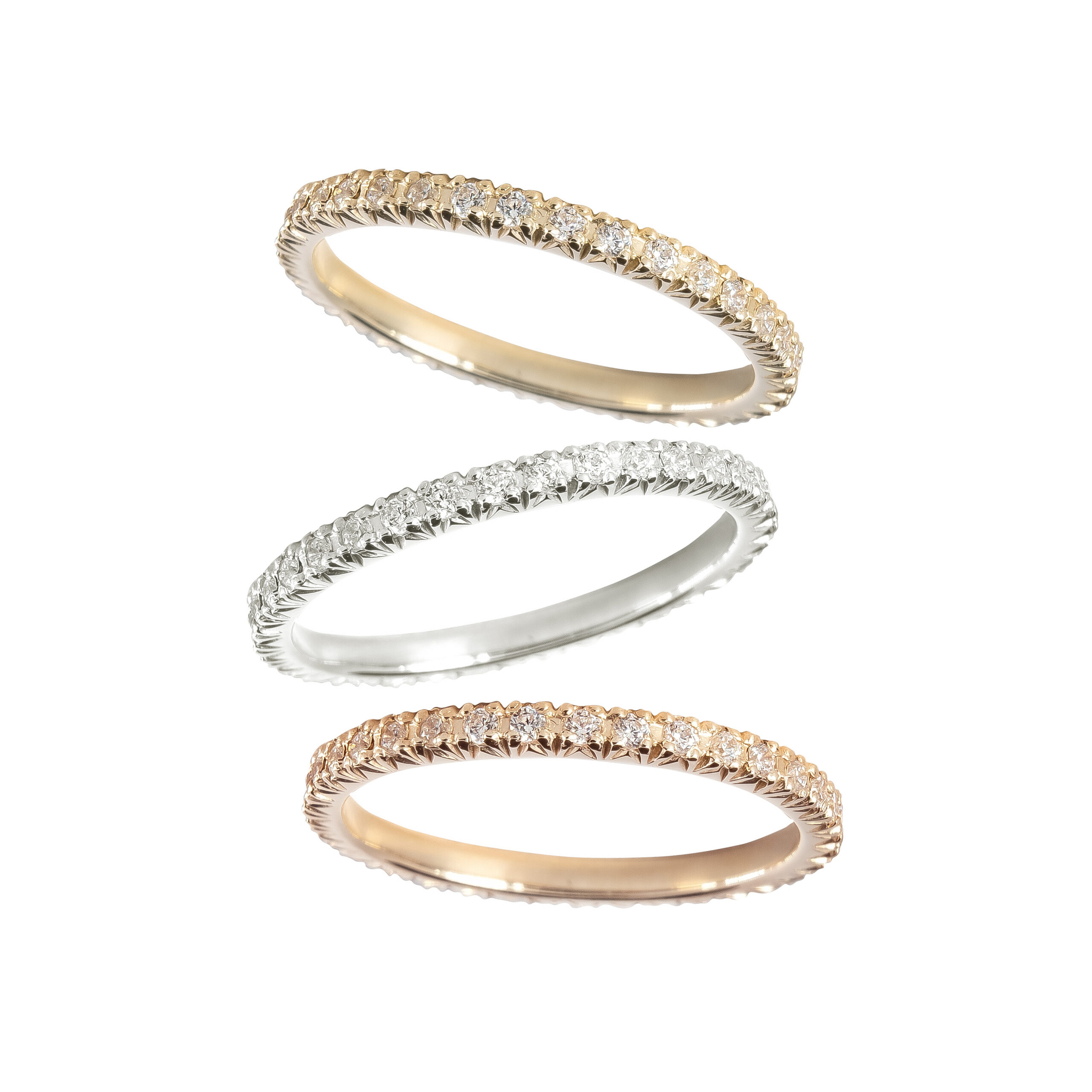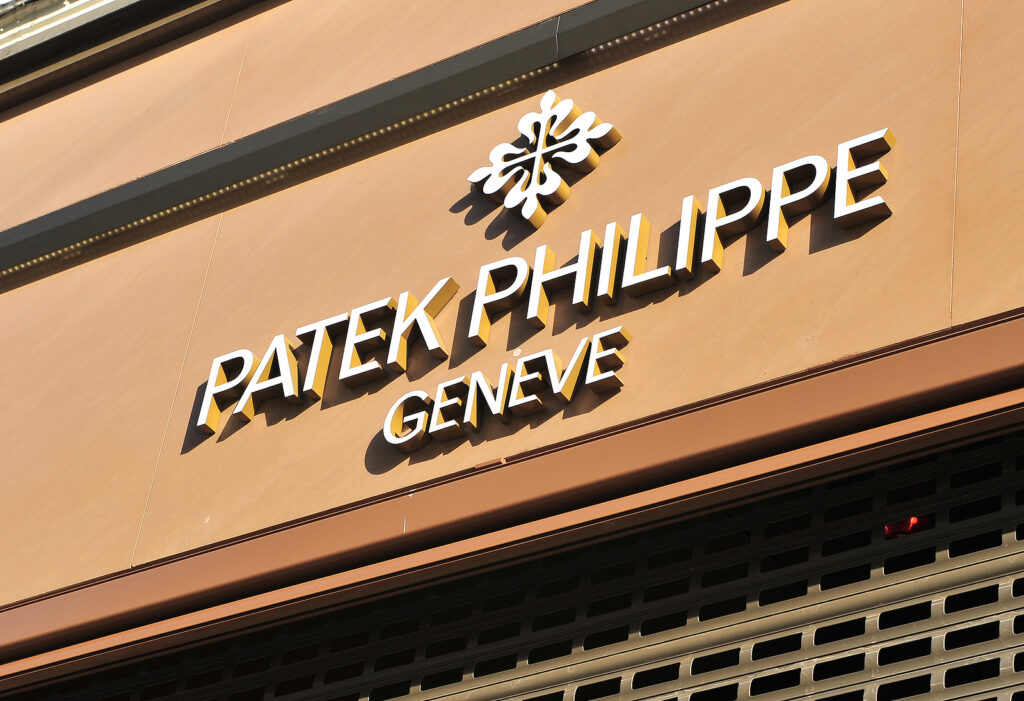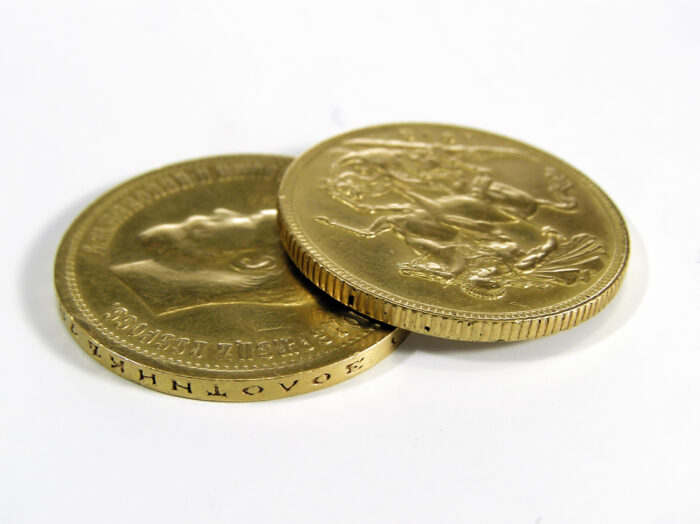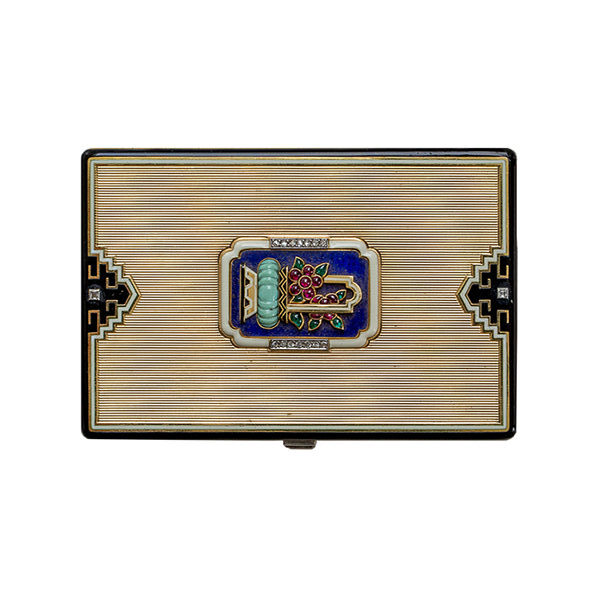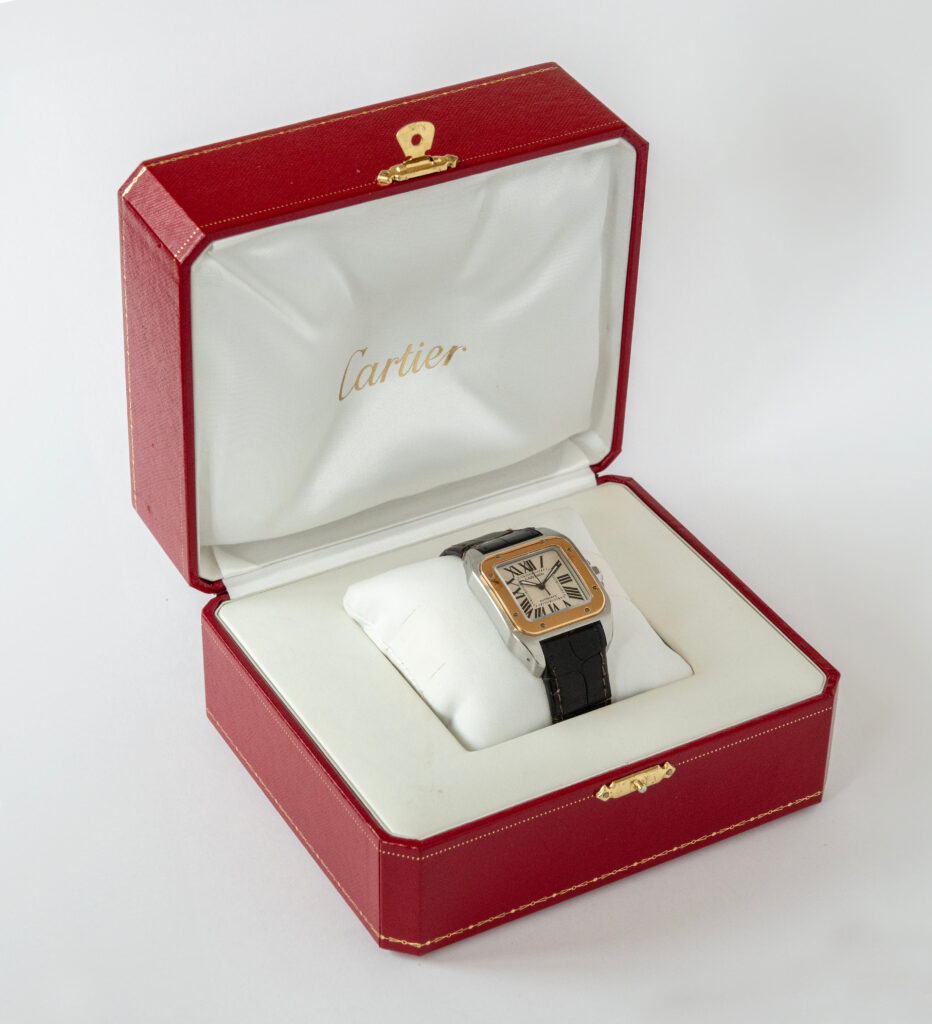Not all gold is created equal. Whether you’re pairing an outfit with a modern piece or stand to inherit a family heirloom, understanding the different types, colours, and purities of gold can add a whole new layer of appreciation and help you make informed decisions when buying or selling. In this guide, we’ll explore the many types of gold, from the familiar to the rare, and offer expert insights to help you recognise what makes each truly shine.
How Many Types of Gold Are There?
There are many different types of gold, not all of which are determined just by appearance. It comes in a variety of colours, purities, and finishes, each with its own character, value, and appeal. Many of the more distinguishable variations are achieved by blending pure gold with different alloys, applying specialised treatments, or layering it over other metals entirely.
Generally, gold is categorised by three key features:
Colour: From the rich warmth of yellow gold to the subtle romance of rose gold or the sleek sophistication of white gold, the colour of gold depends on the alloys used, like copper, silver, or palladium. Some even venture into rarer hues like green or blue.
Carat (Purity): Gold is also defined by its purity, measured in carats (ct). The higher the carat, the purer the gold and the softer and more valuable it tends to be.
Finish: Beyond solid gold, there are also surface treatments like gilding, where a thin layer of gold is applied to another metal. This offers the look of gold without the full weight – or the price.
The Most Common Types of Gold for Jewellery
The colour of gold isn’t just about aesthetics; it reflects the metal alloys it’s mixed with and plays a role in its strength, wearability, and appeal.
Yellow Gold
Timeless, classic, and closest in appearance to gold in its purest form, yellow gold has been a cherished choice for centuries. It’s typically created by combining pure gold with small amounts of silver and copper, resulting in a rich, warm hue that never goes out of style.
Yellow gold is especially popular in traditional and vintage designs, and higher-carat options are generally hypoallergenic, making them a comfortable option for sensitive skin. Its soft, lustrous glow pairs beautifully with precious stones like emeralds and rubies, making it a staple in heirloom pieces and antique jewellery collections.
White Gold
Sleek, modern, and effortlessly elegant, white gold has become a go-to for contemporary engagement rings and minimalist designs. It’s made by blending pure gold with white metals such as palladium, silver, or nickel, then finished with rhodium plating to enhance its brightness and durability.
The result is a cool-toned, silvery metal that mirrors the look of platinum at a more accessible price point. White gold’s clean, reflective surface is ideal for showcasing diamonds and works well in both classic and modern settings. Keep in mind, however, that over time the rhodium finish may need re-plating to maintain its shine.
Rose Gold
Blending the warm tones of gold with the blush of copper, rose gold offers a romantic and vintage-inspired alternative. Also known as pink or red gold, its rosy hue varies depending on the copper content, with higher amounts producing a deeper colour.
Rose gold has seen a resurgence in recent years, embraced for its soft, feminine appeal and versatility. It flatters a wide range of skin tones and adds a touch of antique charm to both men’s and women’s pieces. Durable and distinctive, it’s a perfect blend of style and sentimentality.
Uncommon and Exotic Gold Colours
While yellow, white, and rose gold dominate the jewellery world, there exists a fascinating spectrum of rarer gold colours, each offering a unique aesthetic and a sense of exclusivity. These lesser-known variations are often used in bespoke, artistic, or collector-grade pieces. We’ve listed some of the more well-known varieties here.
Green Gold
Green gold, also known as electrum in its natural form, is a subtle, earthy alloy of gold and silver. Its gentle greenish-yellow hue has been used in jewellery since ancient times, offering a soft, organic alternative to more traditional tones.
Green gold is rarely encountered in modern mass-market jewellery, but it occasionally appears in vintage designs or bespoke commissions, prized for its understated elegance and historical charm.
Blue Gold
Blue gold is created either by alloying gold with indium or through a specialised treatment process involving surface oxidation. The result is a striking, cool-toned blue that evokes a sense of mystique and modern luxury.
Due to the complexity of its creation and its relatively delicate structure, blue gold is most commonly used in accent features or custom-made designer pieces. It’s an eye-catching option for those seeking something entirely out of the ordinary.
Purple Gold
Often referred to as violet or amethyst gold, this vibrant alloy is produced by combining gold with aluminium or forming intermetallic compounds. The resulting purple hue is rich and regal, offering an appearance unlike any other metal.
However, purple gold is brittle compared to other alloys, which limits its use in full-bodied jewellery items. Instead, it is frequently used in inlays or ornamental detailing, where its colour can shine without compromising durability.
Gilding vs. Solid Gold
When evaluating gold items, especially antique or vintage pieces, it’s important to understand the difference between solid gold and gilded objects. While both can have aesthetic appeal, their construction, durability, and market value vary significantly.
What is Gilding?
Gilding refers to the process of applying a thin layer of gold to the surface of another metal, such as brass, copper, or silver. This decorative technique has been used for centuries – including in antique furniture, picture frames, and ornamental items – to give the appearance of gold without the associated cost.
Gilding can be achieved through several methods:
- Gold leaf application (common in fine art and antiques)
- Electroplating (used in modern costume jewellery)
- Mechanical bonding (rolled gold, a thicker and more durable form)
While these items can be visually striking, they contain only a small fraction of actual gold and are more susceptible to wear over time.
How Gilding Compares to Solid or Alloyed Gold
Solid gold or alloyed gold (like 18ct, 14ct, or 9ct gold) is gold through and through, or mixed consistently with other metals for strength. These pieces carry intrinsic value based on their weight and purity, making them far more desirable for collectors and buyers alike.
Key differences include:
Durability: Solid or alloyed gold is more resilient to wear. Gilded surfaces, on the other hand, can fade or flake with time, especially if the item is frequently handled or worn.
Value: Because gilded items contain minimal gold, their resale value is often tied more to craftsmanship or antique appeal than material worth. Solid gold, in contrast, retains high market value based on gold weight and purity.
Desirability: While gilded pieces may still be beautiful and historically significant, they’re generally less sought after than solid gold items in the resale market – something our clients often discover during valuation.
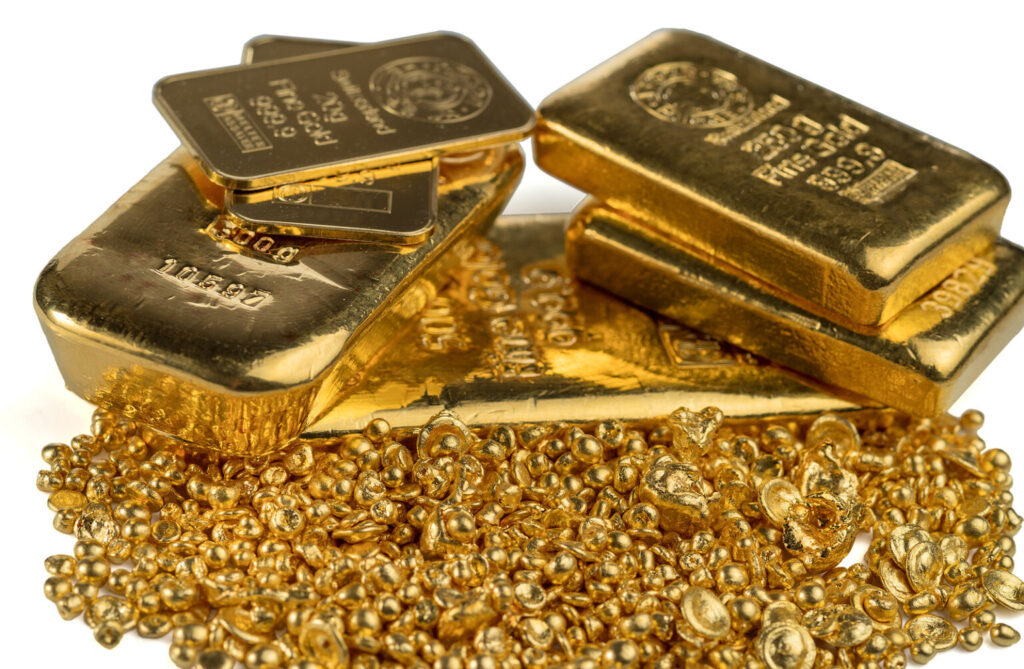
Carats and Quality: How to Understand Gold Purity
When it comes to gold, purity matters, not just in terms of value, but also in how a piece looks, feels, and wears over time. In the UK, gold purity is measured in carats (ct) and 24ct (24-carat gold) is the purest available.
What Does ‘Carat’ Really Mean?
A carat is a unit that represents the proportion of pure gold in a piece. 24ct gold is 99.9% pure, meaning it contains no significant amount of other metals. While it has a beautiful, rich colour and high intrinsic value, it’s also very soft, making it less ideal for jewellery that’s worn every day.
To improve durability, jewellers mix pure gold with harder metals like copper, silver, or palladium, creating gold alloys in different purities:
- 9ct Gold – 37.5% gold
- 14ct Gold – 58.5% gold
- 18ct Gold – 75% gold
- 22ct Gold – 91.6% gold
Each blend offers a different balance of beauty, strength, and price point.
Durability vs. Purity
The purer the gold, the softer it tends to be. While 24ct gold has a stunning, deep yellow lustre and high resale value, it can bend or scratch easily, making it better suited for special pieces rather than everyday wear.
On the other end of the spectrum, 9ct gold is far more durable and affordable. It may lack the rich hue of higher carats, but it holds up well under daily use, making it a popular choice for modern, practical jewellery.
18ct gold often strikes the perfect balance: it retains the warmth and luxury of pure gold while being strong enough for regular wear. It’s also highly sought-after in antique jewellery and tends to hold its value well in resale.
A Helpful Metaphor
Think of gold like chocolate:
The higher the cocoa content, the darker and more intense the flavour – but also more delicate. Likewise, the higher the carat, the richer the gold’s appearance – but the more carefully it must be worn and handled.
Which Type of Gold is Best for Jewellery?
With so many options available, choosing the “best” type of gold for jewellery isn’t always straightforward. It depends on a few personal factors, such as how often the piece will be worn, your budget, and your preferred aesthetic.
That said, certain carats and colours do stand out for particular types of jewellery and can be recommended in these cases.
18ct Yellow Gold
With 75% pure gold content, 18ct yellow gold is rich in both colour and value. Its warm, traditional tone is ideal for timeless designs and luxurious statement pieces. It’s also less prone to tarnishing than lower-carat gold, making it a favourite for rings, necklaces, and bracelets that are both elegant and enduring. For antique collectors, 18ct is often the gold standard.
14ct White Gold
Strong, sleek, and beautifully versatile, 14ct white gold is an excellent choice for engagement rings and fine jewellery that demands a more modern look. With just the right balance of purity and durability, it can withstand daily wear while maintaining its polished, platinum-like finish. It’s especially flattering when paired with diamonds or cooler-toned gemstones.
9ct Gold
Comprising 37.5% gold, 9ct gold is durable, affordable, and perfect for jewellery you plan to wear often. It’s a popular choice for earrings, chains, and bangles, offering a more budget-friendly alternative without sacrificing style. While it may not carry the same richness or resale value as higher carats, it stands up well to life’s everyday demands.
Which Type of Gold is the Most Expensive?
24ct gold is the most expensive type. As the purest form of gold, it holds the highest intrinsic value per gram. Its rich colour, weight, and rarity make it the most expensive in raw form, often favoured for investment bars or traditional high-value jewellery in regions such as the Middle East and Asia.
However, purity isn’t the only factor that influences price. Some unusual gold colours, like blue, green, or purple gold, can command premium prices due to the complexity of their creation and their rarity in the market. However, these exotic shades don’t always retain the same resale value as more classic gold types, especially if they’re brittle, niche, or lacking in gold purity.
What Really Drives the Price of Gold Jewellery?
While gold purity plays a central role, several other elements affect the overall value of a gold item:
- Weight: The heavier the piece, the more gold it contains and the more it’s worth.
- Craftsmanship: Finely crafted jewellery, especially antique or bespoke pieces, can carry a significant premium over its melt value.
- Branding: Designer labels or well-known makers can elevate a piece’s worth far beyond the value of its gold alone.
- Market Demand: Trends, rarity, and buyer interest also influence what a piece might fetch at the time of sale.
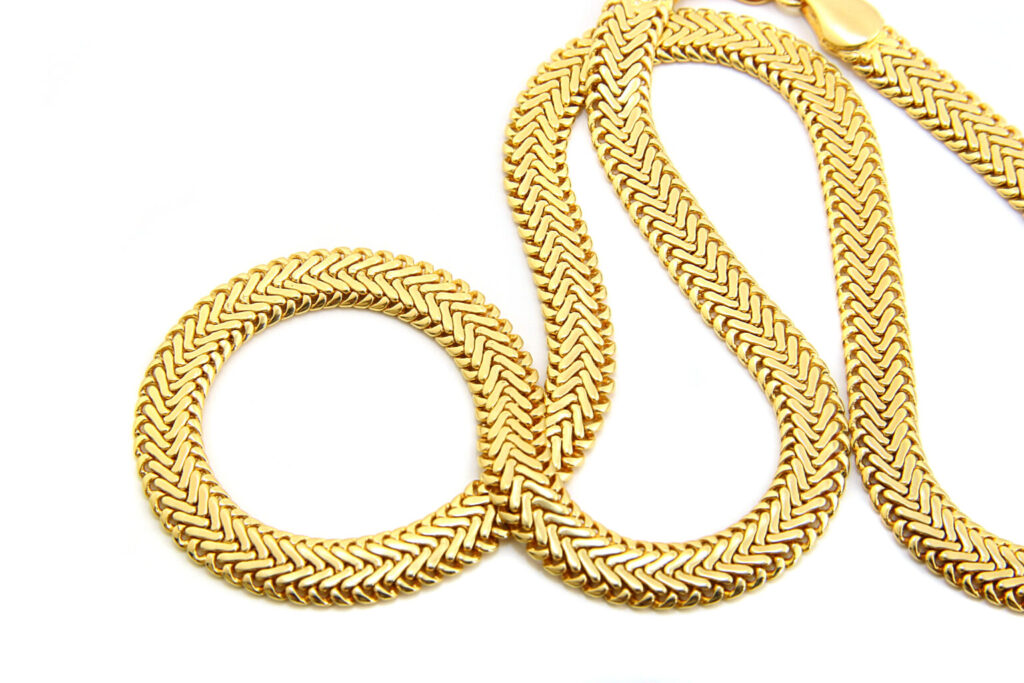
Selling Your Gold Jewellery to Experts
Whether you’ve inherited an 18ct rose gold ring that isn’t quite your style, or you have a collection of antique yellow gold earrings tucked away in a drawer, Burlingtons Ltd. offers a smart, personal, and stress-free way to sell.
We understand that parting with old, vintage, or luxury gold jewellery can be both a practical and emotional decision. That’s why Daniel Ives, our founder and industry expert with over 25 years of experience, personally visits clients at home to carry out private, obligation-free valuations. There will be no travel for you and absolutely no pressure to sell.
What Do We Offer?
- Immediate Payment: Once you accept our offer, payment is made on the spot. There is no waiting, there are no auctions, and there is no uncertainty.
- No Auction Fees or Hidden Charges: Unlike traditional auction houses, there are no listing, insurance, or commission fees to reduce your final payout.
- A Discreet, Expert-Led Service: Your privacy and comfort are our priorities. Daniel’s approach is tailored, respectful, and grounded in decades of market knowledge.
- We Accept Broken and Mismatched Items: Don’t worry if your gold items are damaged, missing a pair, or incomplete. If they hold significant value, we’ll help you realise it.
We must note that we do not accept gilded or plated items.
What Other Gold Items Do We Buy?
- Antique and vintage gold cigarette cases
- Gold proof coins and sets
- Investment bars and bullion
- Gold nuggets over a certain value
- Broken or incomplete gold items, as well as other scrap gold
Unload Unwanted Gold for a Fair Price
If you have gold jewellery or other gold items you no longer wear or need, now could be the perfect time to explore their value. We offer a discreet, no-obligation service that prioritises your comfort, allowing you to understand your item’s value with complete transparency. You’ll then receive a fair, market-competitive offer that exactly matches what your gold is worth.
Schedule your free valuation today and experience the difference: personal service, immediate payment, and expert insight every step of the way.
